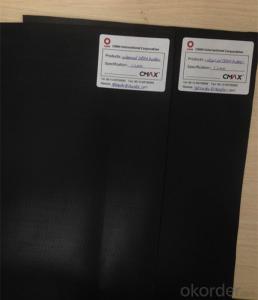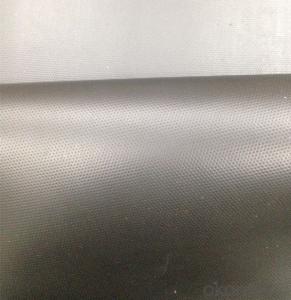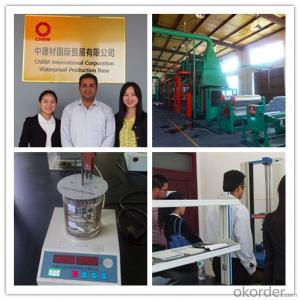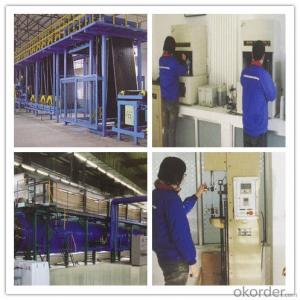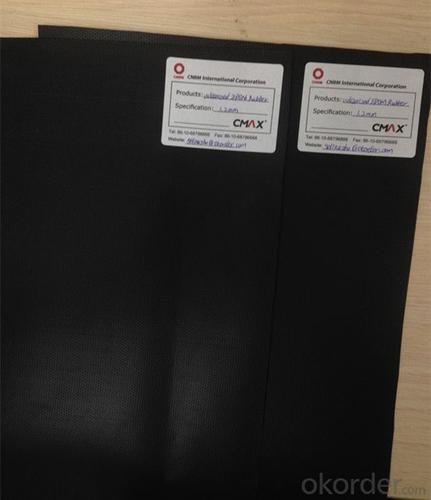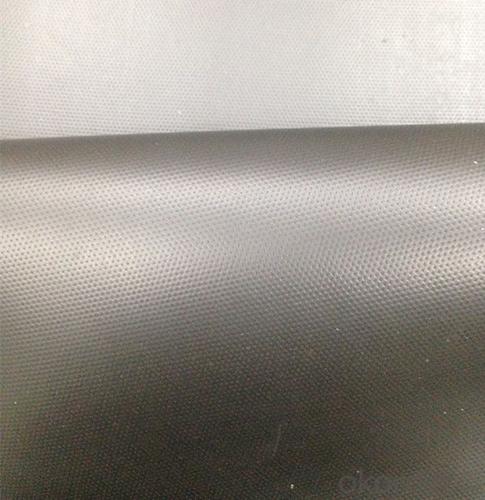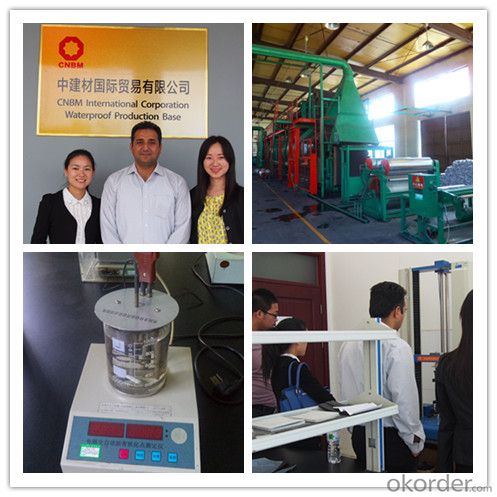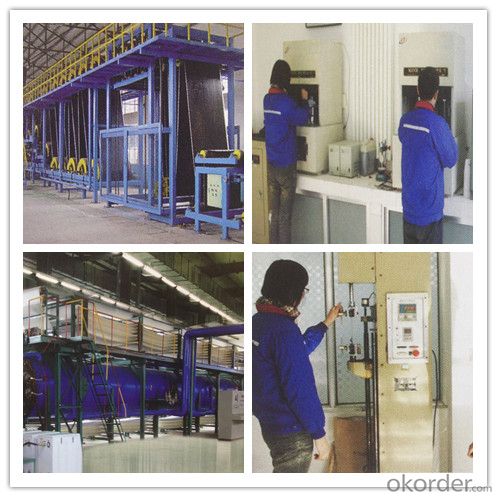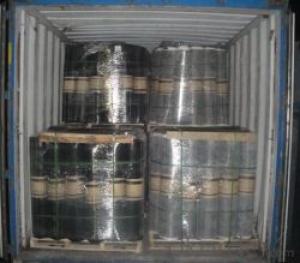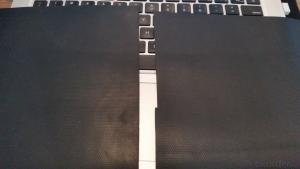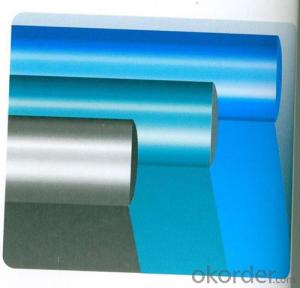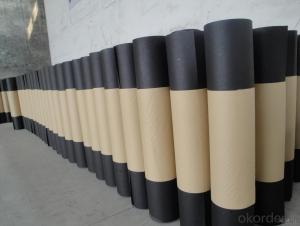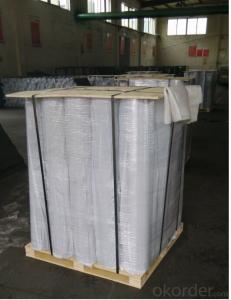EPDM Rubber Waterproof Sheet Good Elongation for Basement
- Loading Port:
- Qingdao
- Payment Terms:
- TT OR LC
- Min Order Qty:
- 3600 m²
- Supply Capability:
- 200000 m²/month
OKorder Service Pledge
OKorder Financial Service
You Might Also Like
EPDM Rubber Waterproof Membrane
Product Instruction:
EPDM waterproof membrane is made from ternary ethylene-propylene rubber,which is designed for waterproofing of exposed and non-exposed applications. EPDM waterproof membrane is of high elasticity among high polymer waterproof materials and becomes a world-popular waterproofing material.
CNBM own the wold-advanced equipment of cold feeding extrusion and continuous vulcanization technology. With the best performance among high polymer waterproof materials, EPDM is of exceptional elasticity and will not split or cracked under normal building movement.
Product Features:
-Excellent weather-ability, durability and size stability
-Good adaptability to high and low temperature, UV resistant and anti-corrosion
-High tensile strength and good elongation, accommodating to structure movement
-Easy installation, solid joint, and mo environmental pollution
-Good rooting penetration resistance
-Service life up to 50 years
Applications:
-Roof, basement, tunnel, pond liner, dam
-Industrial and civil building waterproofing
-Geosynthetic liner for fish ponds, swimming pools, channels, irrigation system
-Especially suitable for projects with high requirement in durability, anti-corrosion and deformation
Specifications:
-Width of roll: 1.2m, 2m, 4m
-Length of roll: 20m, 30m or customized
-Thickness of membrane: 1.2mm, 1.5mm, 2mm
-Type: vulcanized EPDM or welding EPDM
-Application: roof, basement, pond, lake, swimming pool, steel structure roofing, underground, tunnel, etc
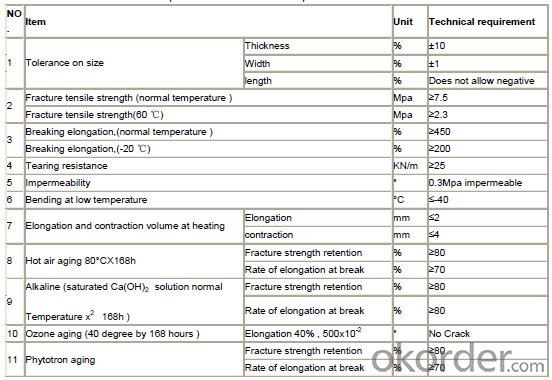
FAQ:
1. Is your EPDM waterproof membrane the real rubber?
Yes, our EPDM membrane is made from top quality rubber, which is imported from America. We support samples for testing, or testing in our factory.
2. How's your products quality?
Our EPDM is with the top quality at home and abroad. Our quality is much higher than Chinese standard. Our product is widely used in Chinese Central government projects. And it's also accpted by customers all over the world, such as EU, USA, Astrulia, etc.
3. What's the service life of your EPDM membrane?
The service life of our EPDM membrane is more than 50 years.
4.What's your MOQ?
Our MOQ is 3000M2.
5. What's your product ability of EPDM membrane?
We own the largest EPDM production line in China. Our product ability of EPDM membrane reaches 2 million square meter per year.
Photos:
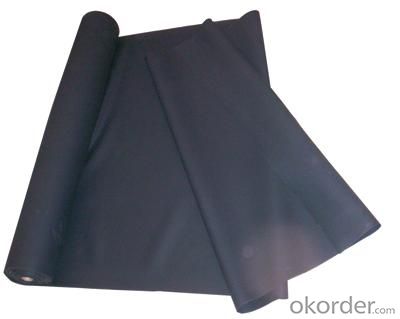
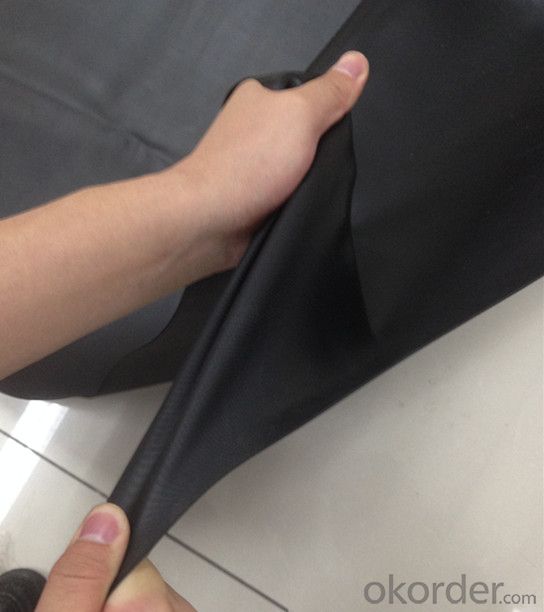
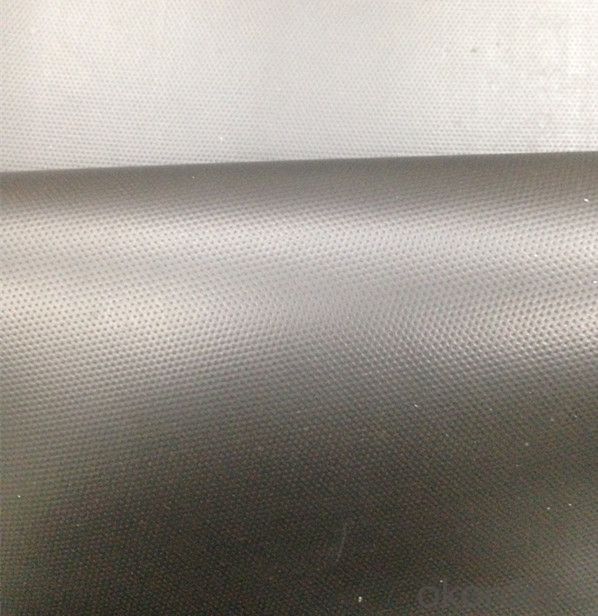
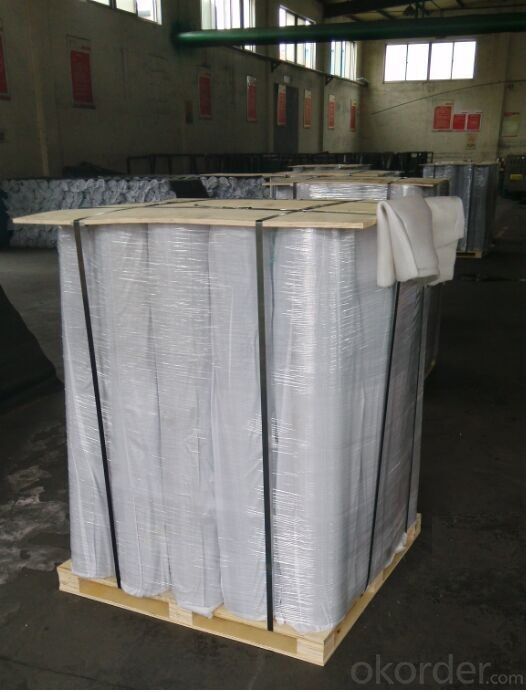
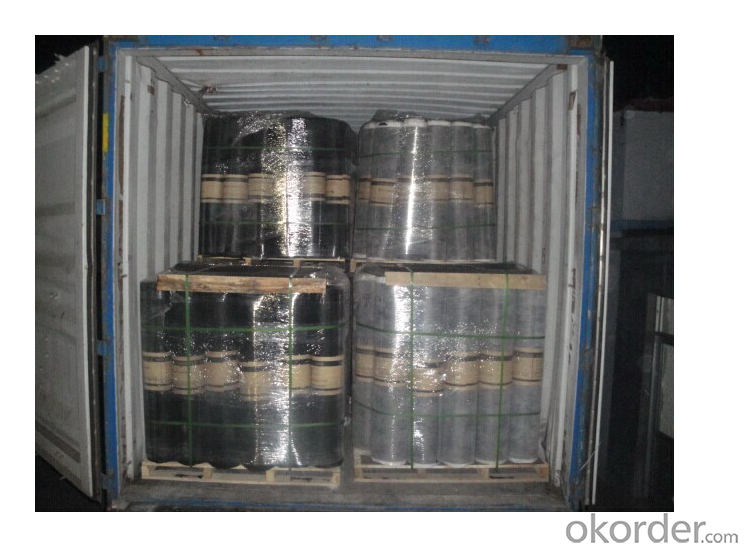
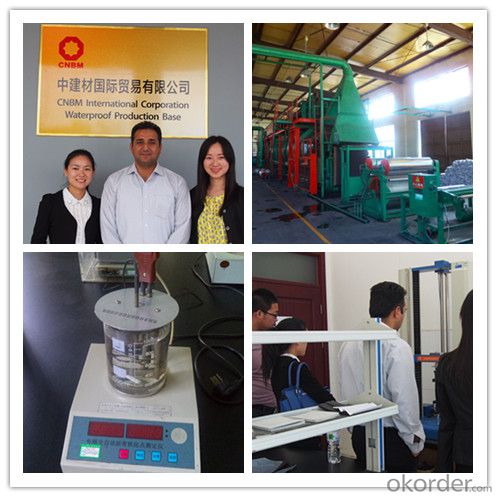
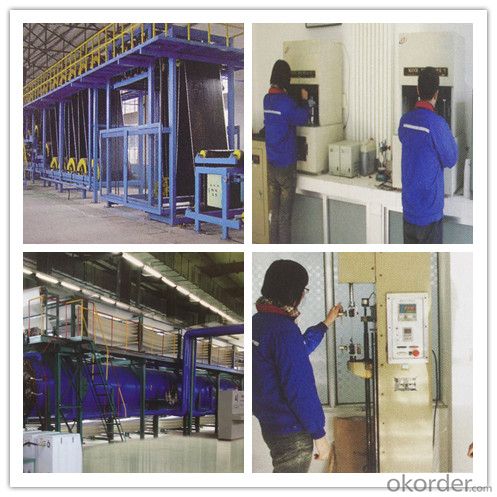
- Q: Can a waterproofing membrane be used on precast concrete surfaces?
- Precast concrete surfaces, commonly used in construction for walls, floors, and roofs, are prone to water penetration. This can lead to damage and deterioration over time. To address this issue, the application of a waterproofing membrane is recommended. A waterproofing membrane is a thin layer of material, typically made of bitumen, rubber, or PVC, that is designed to prevent the passage of water. By applying this membrane to the precast concrete surface, it acts as a barrier, effectively stopping water from seeping into the concrete. There are several advantages to using a waterproofing membrane on precast concrete surfaces. Firstly, it helps to prolong the lifespan of the concrete by protecting it from water damage. Cracking, reinforcement corrosion, and the growth of mold and mildew can be minimized or avoided altogether. Secondly, the use of a waterproofing membrane improves the overall performance of the precast concrete. By preventing water penetration, the structural integrity of the concrete is maintained. Additionally, it ensures a dry and comfortable environment inside buildings by preventing water leakage. Lastly, a waterproofing membrane provides extra protection against other elements such as chemicals and UV rays. Certain membranes are resistant to chemical exposure, which is advantageous in industrial or commercial settings. Some membranes also possess UV-resistant properties, safeguarding against damage caused by prolonged exposure to sunlight. In conclusion, the application of a waterproofing membrane on precast concrete surfaces is an effective solution to prevent water penetration and safeguard the concrete from damage. It is a cost-effective and efficient method to ensure the durability and longevity of precast concrete structures.
- Q: Can a waterproofing membrane be used in chemical or hazardous environments?
- Yes, a waterproofing membrane can be used in chemical or hazardous environments. Waterproofing membranes are designed to provide a barrier against water, moisture, and other liquids, which can also include chemicals and hazardous substances. These membranes are typically made of materials that are resistant to chemicals, such as polyurethane, PVC, or modified bitumen, to ensure they can withstand exposure to various chemicals without being damaged or compromised. However, it is important to select a waterproofing membrane specifically designed for chemical or hazardous environments to ensure it meets the necessary requirements and standards for such applications. Additionally, proper installation and maintenance are crucial to ensure the effectiveness and longevity of the waterproofing membrane in these environments.
- Q: Can a waterproofing membrane be used for a shower pan?
- Using a waterproofing membrane for a shower pan is a great idea. In fact, it is highly recommended to guarantee the shower pan's durability and long-term functionality. The waterproofing membrane serves as a protective layer, preventing water from seeping through the shower pan and causing harm to the underlying structure. By applying the membrane on the shower pan, it forms a barrier that prevents water from penetrating, thus avoiding leaks and potential issues caused by moisture, such as mold and rot. Selecting a top-notch waterproofing membrane specifically designed for shower pans is crucial to ensure its effectiveness. Moreover, proper installation and adherence to the manufacturer's guidelines are essential to achieve a successful waterproofing solution for the shower pan.
- Q: Are waterproofing membranes suitable for wastewater treatment plants?
- Yes, waterproofing membranes are suitable for wastewater treatment plants. Wastewater treatment plants deal with the treatment and processing of wastewater, which contains a variety of chemicals, contaminants, and bacteria. These substances can be highly corrosive and can cause damage to the infrastructure of the plant if not properly protected. Waterproofing membranes provide an effective barrier against water and chemical penetration, preventing leaks, seepage, and corrosion. They can be applied to various areas of the plant, including tanks, basins, pipelines, and concrete structures. Additionally, waterproofing membranes are durable, long-lasting, and can withstand the harsh conditions and chemicals present in wastewater treatment plants. Therefore, using waterproofing membranes in wastewater treatment plants is a recommended practice to ensure the integrity, longevity, and efficiency of the infrastructure.
- Q: Can a waterproofing membrane be used for a hospital basement?
- A hospital basement can indeed benefit from the use of a waterproofing membrane. Waterproofing membranes are widely employed in various construction projects, including hospitals, to safeguard against water infiltration and shield the structure from problems arising from moisture, such as leaks, dampness, and mold growth. Due to its below-ground positioning, the basement of a hospital is particularly vulnerable to water damage, making the utilization of a waterproofing membrane absolutely essential. This membrane acts as a barricade against water seepage, effectively keeping the basement dry and averting potential harm to both the building and its contents. Furthermore, a waterproofing membrane serves to uphold a clean and safe environment in the hospital basement by preventing the growth of mold and other harmful microorganisms that thrive in damp conditions. All in all, it is highly recommended to use a waterproofing membrane in a hospital basement to ensure the structural integrity and safety of the building.
- Q: Can a waterproofing membrane be used on concrete block surfaces?
- Yes, a waterproofing membrane can be used on concrete block surfaces. It is commonly used to prevent water penetration and protect the underlying structure from moisture damage.
- Q: Can waterproofing membranes be used on wood surfaces?
- Yes, waterproofing membranes can be used on wood surfaces. Waterproofing membranes are versatile products that can be applied to a variety of materials, including wood. They are designed to create a protective barrier that prevents water from penetrating the surface, thereby preventing damage caused by moisture, such as rotting, warping, or mold growth. When applied correctly, waterproofing membranes can effectively seal wood surfaces, making them resistant to water absorption and increasing their durability and lifespan. It is important to choose a waterproofing membrane that is specifically formulated for wood applications and follow the manufacturer's instructions for proper application and maintenance.
- Q: Can a waterproofing membrane enhance the durability or lifespan of a structure?
- Certainly, the durability and lifespan of a structure can be significantly enhanced with the use of a waterproofing membrane. This type of membrane acts as a protective layer, applied to the exterior of structures like buildings or bridges, with the purpose of preventing water penetration. Essentially, it functions as a barrier that stops water from seeping into the structure and causing harm. Water is a common and destructive element that can negatively impact the longevity of any structure. When water infiltrates a building or any other type of structure, it can lead to a variety of problems, including mold growth, deterioration of building materials, corrosion of metal reinforcements, and even structural instability. However, by implementing a waterproofing membrane, these risks can be significantly reduced or even eliminated altogether. The installation of a waterproofing membrane not only prevents water from entering, but it also safeguards the structure against other environmental factors such as moisture, humidity, and freeze-thaw cycles. Acting as a shield, it ensures that the building materials remain intact and reduces the likelihood of cracks, leaks, and other forms of structural damage. By enhancing a structure's durability, a waterproofing membrane can effectively prolong its lifespan. Considered a long-term investment, it helps prevent costly repairs and maintenance caused by water-related issues. By keeping the structure dry and protected, it adds years or even decades to its lifespan, ultimately saving both time and money in the long run. In conclusion, a waterproofing membrane is an essential component for maintaining the durability and lifespan of any structure. By preventing water infiltration and protecting the building materials from damage, it ensures the longevity of the structure and provides peace of mind to its owners and occupants.
- Q: Can a waterproofing membrane be used on terraces or patios?
- Terraces and patios can benefit greatly from the application of a waterproofing membrane. To avoid water damage and leakage, it is highly recommended to use this protective layer in these areas. Given that terraces and patios are exposed to different weather conditions, such as rain and snow, moisture can easily seep into the underlying structure. To counteract this issue, a waterproofing membrane acts as a barrier, preventing water from infiltrating the surface and safeguarding the integrity of the terrace or patio. This solution not only extends the lifespan of the structure but also prevents costly repairs in the future. Moreover, the use of a waterproofing membrane contributes to the creation of a more comfortable and functional space, as it eliminates the risk of water accumulation and potential slip hazards. All in all, investing in a high-quality waterproofing membrane is a wise choice for those seeking to protect their terrace or patio from water damage.
- Q: Can a waterproofing membrane be applied on both interior and exterior surfaces of a structure?
- Yes, a waterproofing membrane can be applied on both interior and exterior surfaces of a structure. Waterproofing membranes are designed to create a barrier that prevents water from penetrating into the structure. Whether it is applied on the inside or outside of the building, the membrane serves the same purpose of keeping water out and protecting the structure from moisture damage. Interior waterproofing membranes are typically used for basements, crawl spaces, or other areas where water intrusion from the inside is a concern. Exterior waterproofing membranes are commonly applied to the foundation walls, below-grade areas, or building envelopes to prevent water from seeping into the structure. It is important to choose the appropriate type of waterproofing membrane based on the specific needs and conditions of the structure.
Send your message to us
EPDM Rubber Waterproof Sheet Good Elongation for Basement
- Loading Port:
- Qingdao
- Payment Terms:
- TT OR LC
- Min Order Qty:
- 3600 m²
- Supply Capability:
- 200000 m²/month
OKorder Service Pledge
OKorder Financial Service
Similar products
Hot products
Hot Searches
Related keywords
